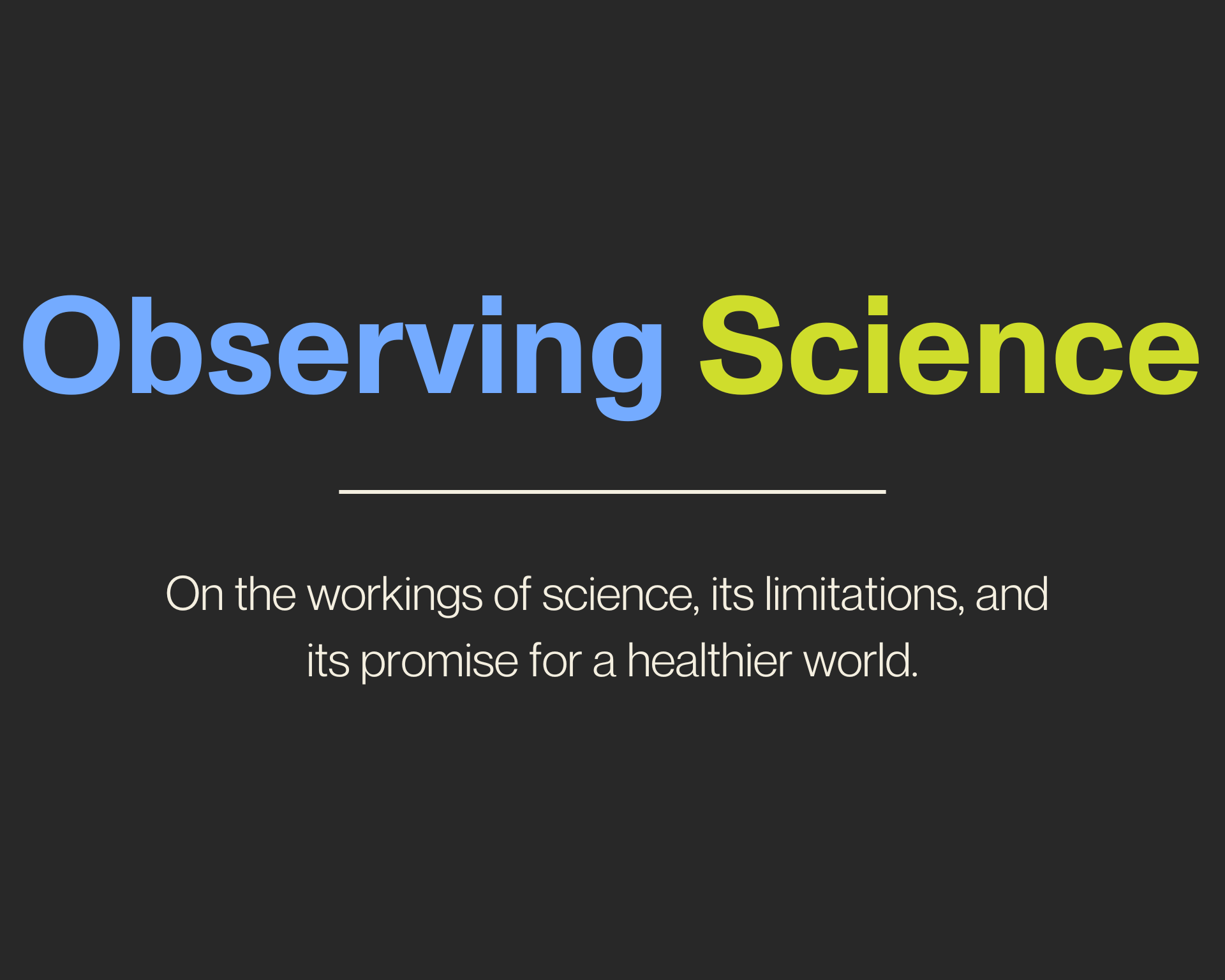Generating Science That Informs Decision-Making
On science bridging the gap between work that advances thinking and work that has immediate application within society.

Read Time: 4 minutes
Published:
Should science aspire to be useful? That is a deceptively simple question. It is often assumed that the fundamental role of science is to contribute to the improvement of the human condition. University marketing brochures make note of the practical utility of the work of their scientists. And yet, it is not so simple.
Much of science aims to advance knowledge that can lead to other knowledge without a clear idea of where all this knowledge will lead us. Perhaps the best-known taxonomic effort to organize where science sits with regard to being useful or “just” advancing knowledge is in the work of Donald Stokes. In his book, Pasteur’s Quadrant: Basic knowledge and technological innovation, Stokes organized the work of science along two axes: relevance for immediate applications and relevance for the advancement of knowledge, and showed how different types of science may meet both needs. That heuristic is as useful today as it was when first written 25 years ago.
But as the world becomes more complex, further questions emerge. Assuming that we accept that some science exists simply to advance knowledge, in much the same way as art exists to exalt the human spirit, what of that which aims to be useful to societies?
Accepting that some science aspires to be useful to inform decision-making, that it should be helpful within the context where it would need to be applied.
Recent work by Justin Parkhurst offers useful insight into the role science plays in generating information that can be relevant to societies in its decision-making. The gap between science and its usefulness in informing policy rests on the observation that it is not necessarily addressing problems that are relevant to society at a moment in time. For instance, if society were not interested in tackling the problem of adequately feeding all people, nutritional science would have limited policy utility; nutritional scientists would be working simply for Stokes’ advancement of knowledge. What are the ways to align the decisions society needs to make with the functioning of science?
Parkhurst argues that evidence needs to be constructed in ways that meet societal concerns and be applicable to the context where implementation is desired. So, for example, suppose that society was interested in reducing the number of deaths from traffic accidents. Science could well engage this problem by showing, through sophisticated models, how if everyone were to stop driving, the number of road traffic fatalities would drop dramatically. But how useful is that insight? Context-helpful science needs to recognize that the question of interest here assumes that drivers will keep driving and that the focus need be on safety measures that can be implemented in cars (or roads or drivers), rather than the elimination of cars altogether.
This example is, of course, a bit extreme. But it illustrates the larger point. Accepting that some science aspires to be useful to inform decision-making, that it should be helpful within the context where it would need to be applied. That context may be universal, or more local, but an understanding of that context needs to be part of the mindset of the scientist.
There remains an argument to be made for science that shifts that context. Maybe the world, through enough science showing the health benefits of eliminating all cars, can be convinced to do just that? Perhaps this is where science can bridge the gap between work that advances thinking, and work that has immediate application. Such work can nudge and shift the window of what society wants so that science that was initially only aiming to advance knowledge can point to application. It is that synthesis of the two functions of science that shows the power of the full range of science, and why societies would indeed be poorer if they did not encourage both.
Previous Issue: What To Do When Science Gets It Wrong



